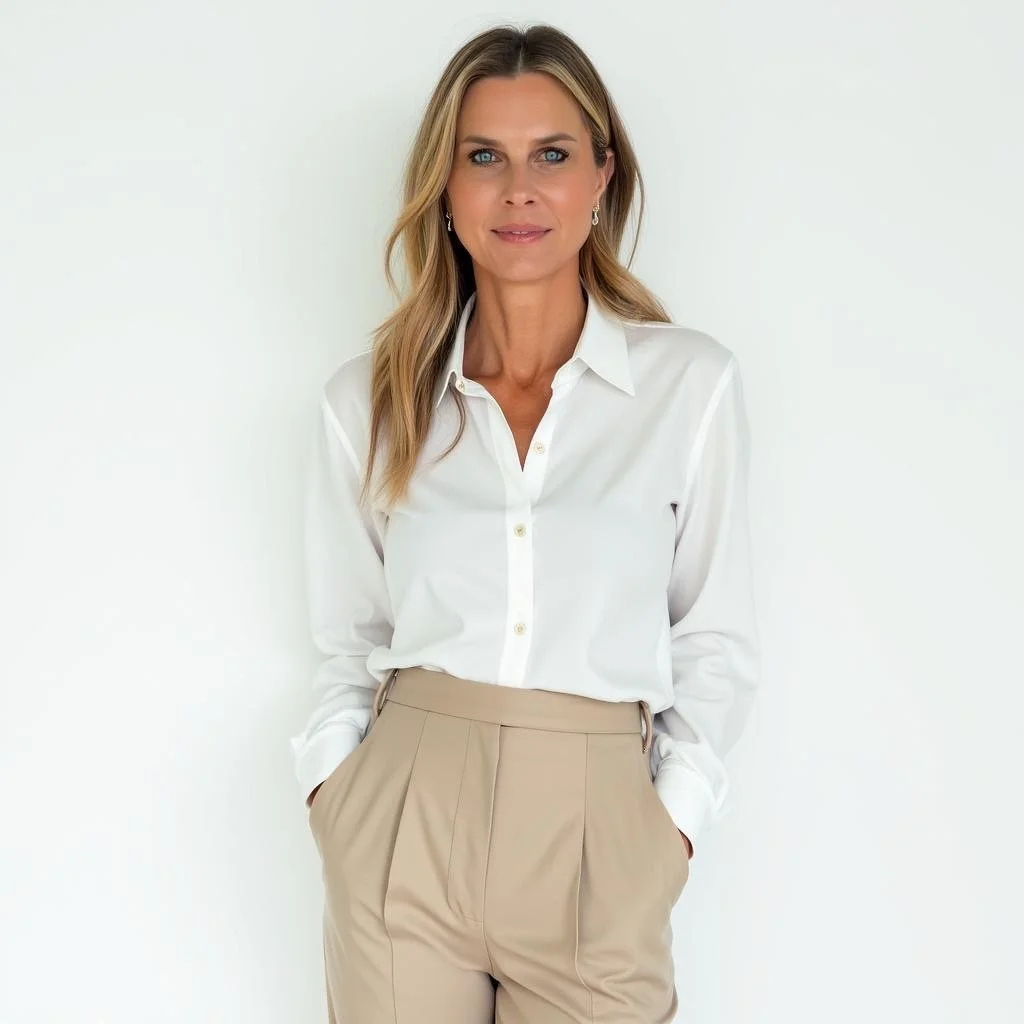Ep. 89: VP of Google Hardware Design Ivy Ross
Google’s Head of Hardware Design, Ivy Ross, learned from her industrial designer father how to see the world for how it’s made, and for the possibilities of how it could be remade. Early professional success as a jewelry designer taught her that life is not about ego hits, it’s about the journey. Fueled by curiosity, she’s traveled through the corporate world as a way to keep learning. She approaches work like conducting an orchestra - drawing out the best in individuals to create beautiful music as a team. Listen:
How do you feel about democratic design?
The challenge of great design is solving problems for many different types of people under clear confines.
My background is in art and design and I’m fascinated by the similarities and clashes between art and design. As an artist, you take a piece of your soul and put it on a pedestal. Art is a way for two individuals to connect. An artist shares their creative expression with one recipient. It’s intimate, personal. Design, on the other hand, is about harnessing creativity to make something that millions of people are going to relate to. Design is taking the outside in—solving problems for the masses—whereas art is the taking the inside—the artist’s soul—out.
Creating great design is an art, in that the end user will be intimately involved with your product.
What’s the best advice that you’ve ever gotten?
A quote that forever changed me from Joseph Campbell: “The privilege of a lifetime is being who you are.”
How do you record your ideas?
Studies show that handwriting and drawing record information in the brain differently than when typing. I’ve taken this research to heart and carry a notebook everywhere I go, in addition to my Pixelbook. Throughout the day, I jot down as much as I can on sticky notes, every idea that I’ll want to investigate deeper, explore further. At the end of the day, I’ll reread all of my stickies and expand upon the ideas by rewriting them in my notebook. And since I’m a craftsperson at heart and miss working with my hands, I’m drawn to CIRCA notebooks. They’re customizable and offer the creative act of choosing the size and paper, even expanding the size of the notebook over time. I love the process not only of adding ideas into my notebooks, but actually making the book itself. It becomes a creative act that makes the ideas within the pages that much more meaningful.
Ivy’s metal dress (listen to find out more!)
Ivy’s jewelry designs
What might we find on your desk right now?
What you’ll notice immediately is that my desk is filled with books. Among others, I have a used copy of The Secret Life of Trees, Radical Wholeness by Philip Shepherd, and a pile of Dr Seuss books, with Oh The Places You’ll Go on top. Whenever I start a new job, I often give my entire team a copy.
I have phone prototypes. I have a color chart we built internally that tells the story behind the colors of our future products. It’s a book that shows color and texture inspiration side by side.
Next to my Pixelbook, I have a beautiful white orchid. I also have a big crystal as well as an agate stone. I’ve been studying stone medicine as a hobby. I’m interested in the way stones form geometrically, looking at both how inner shapes can match outer shapes with stones, and also when inner shapes do not match outer shapes.
What’s your favorite project that you’ve done and why?
Creating Google’s design language has been a once in a lifetime experience for me. I’ve never stepped into a leadership role at a brand that’s as established and used and loved by billions of individuals as Google. It’s an honor to be offered the challenge to tell a visual and physical story for a brand like this. My job was to tell that story in a thoughtful way. How do you translate the sentiment associated with Google—human, optimistic, bold–into color, texture and form? When a brand is as known and scaled as Google, how do you translate those attributes in a new and tangible way? This was an incredible challenge to think through and I feel so proud of all we’ve accomplished.
Clever is produced by 2VDE Media. Thanks to Rich Stroffolino for editing this episode.
Music in this episode courtesy of El Ten Eleven—hear more on Bandcamp.
Shoutout to Jenny Rask for designing the Clever logo.












